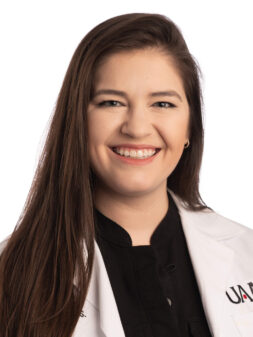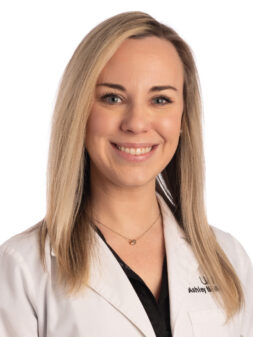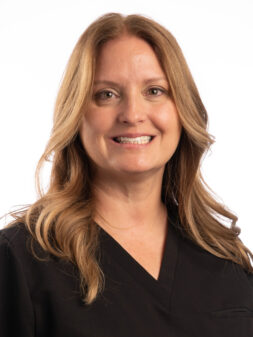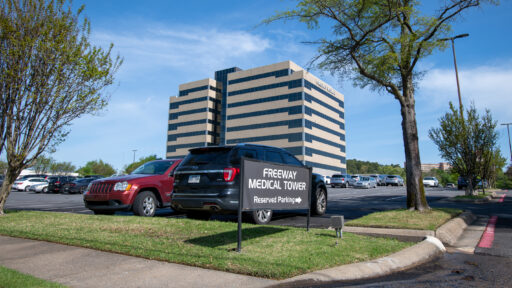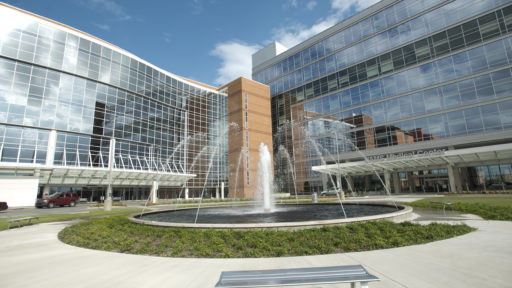Also called: Cavities; Teeth Cavities; Tooth Decay; Tooth Caries
Chances are, you have experienced tooth decay, commonly called cavities. Cavities form when bacteria in your mouth attack the enamel, the protective outer layer of your teeth, and make holes in your teeth.
Cavities, also called dental caries, are common among children, teens and older adults, but anyone can get a cavity, even infants.
If you don’t treat a cavity, it will get larger and cause more problems. As the damage spreads to deeper layers of your teeth, it can lead to pain, infection and eventually tooth loss.
Symptoms
What you may feel might not be included on this list, depending on which of your teeth is affected. In the beginning, you may not even know a cavity is forming. Once the damage spreads, you’ll probably notice:
- Toothache, a sudden pain that comes on with no obvious cause
- Sensitive teeth
- Pain when eating or drinking, especially foods that are sweet, hot or cold
- Visible holes in your teeth
- Stains on the surface of your teeth
- Pain when biting down
Causes
Tooth decay is highly preventable and may come from several factors.
- Plaque attacks — Dental plaque is a clear, sticky film that covers your teeth. It resists being washed away from saliva or water. When you don’t do a good job of cleaning your teeth on a regular basis, bacteria begin feeding on the starches and sugars. The acids in plaque remove minerals in your tooth’s hard, outer enamel. Once through this layer, the bacteria can attack the softer, inner layer of your teeth.
- Plaque formations — Plaque that remains on your teeth can harden and become tartar (calculus). Tartar makes it harder to remove plaque and protects the bacteria that is attacking your teeth.
- Inner tooth damage — Once the bacteria get to the softer, inner layer of your teeth, called dentin, it can use the small, hollow tubes inside this layer to move to the core of your teeth where the nerves are vulnerable. The final section of your tooth is called the pulp. This section is home to the blood vessles and nerves. The bacteria irritate and cause swelling in this area and causing you pain.
Risks
If you have teeth, you’re at risk for cavities. However, there are some factors that may make you more likely to have tooth decay.
- Tooth location — Your back teeth (molars and premolars) are most likely to develop cavities for a couple of reasons. These teeth have lots of groves and nooks that can hold on to food unless properly brushed.
- Foods and drinks — Foods and beverages that stick to your teeth, like milk, ice cream, honey, sugar, soda, dried fruit, cake, cookies, hard candies, mints, dry cereal and chips, are more likely to cause tooth decay than foods that are easily washed away by saliva.
- Frequent snacking or drinking sodas — When you are constantly munching or sipping, your providing a steady stream of food for the bacteria in your mouth to use when attacking your teeth. Drinking sugary or acidic drinks throughout the day you’re constantly washing your teeth in an acid bath.
- Bedtime feedings — When eating before bed, make sure to brush before hitting the bed or you’re leaving all of the foods and drinks you consumed on your teeth all night. This is the most common cause of tooth decay in children.
- Poor brushing — You should brush regularly after eating or drinking to keep your teeth clean. The longer you go between proper brushings, the faster the bacteria multiply and begin attacking your teeth.
- Not getting enough fluoride — Fluoride is a mineral that helps strengthen tooth enamel. It’s often added to city water supplies, however, many bottle water brands to not contain flouride.
- Age — In the U.S., cavities are more common in the children and teens, but older adults may be at risk as well. Over time, teeth can wear down and your gums may recede making your teeth appear longer, but this also exposes the roots of your teeth to the harmful bacteria.
- Dry mouth — Another common factor for older adults are medications that may reduce the production of saliva. Without saliva to wash and clean your teeth, bacteria can thrive and attack your teeth.
- Worn fillings or dental devices — Over time, you might have noticed a change in your teeth. What was smooth may now be chipped or rough. These hard edges can make it easier for plaque to build up and harder to remove. If you have dental devices or appliances that have shifted or moved, bacteria may be hiding underneath and damaging your teeth.
- Heartburn — Heartburn, also known as Gastroesophageal Reflux Disease (GERD) causes acids in your stomach to rise up to your mouth, wearing away the enamel on your teeth and speeding up the process of decay. The more damage done to your enamel, the faster bacteria can get to the dentin layer.
- Eating disorders — Like reflux/heartburn, bulimia can lead to erosion because of the forced vomiting (purging). Anorexia can lead to reduced saliva production and dry mouth.
Prevention
Proper brushing, flossing and overall oral cleanliness are the best line of defense against tooth decay. Schedule an appointment at the UAMS Delta Dental of Arkansas Foundation Oral Health Clinic for a cleaning, cosmetic whitening, or another dental procedure and to discuss the best options for preventing further damage.



